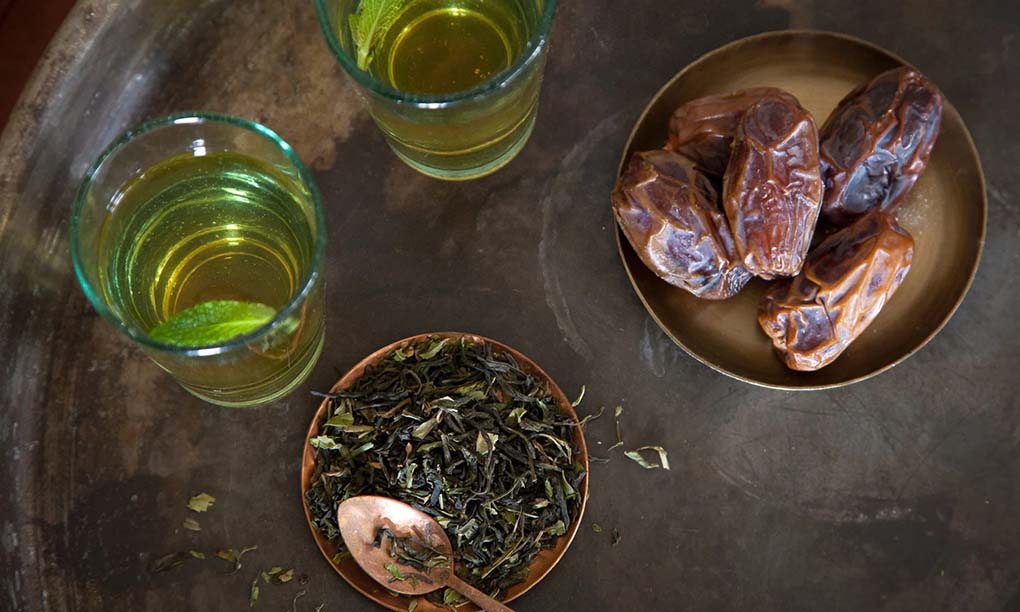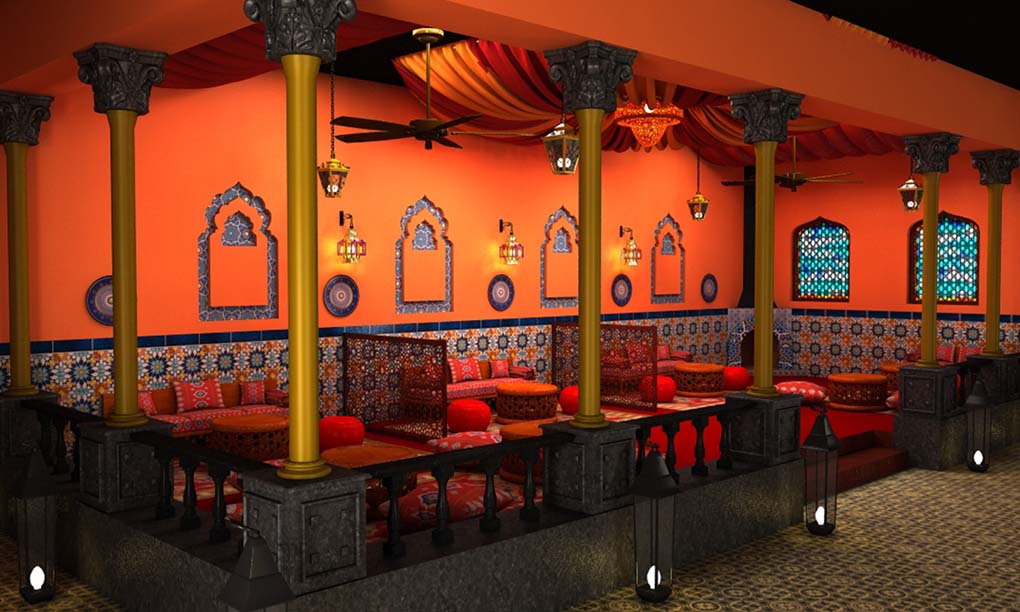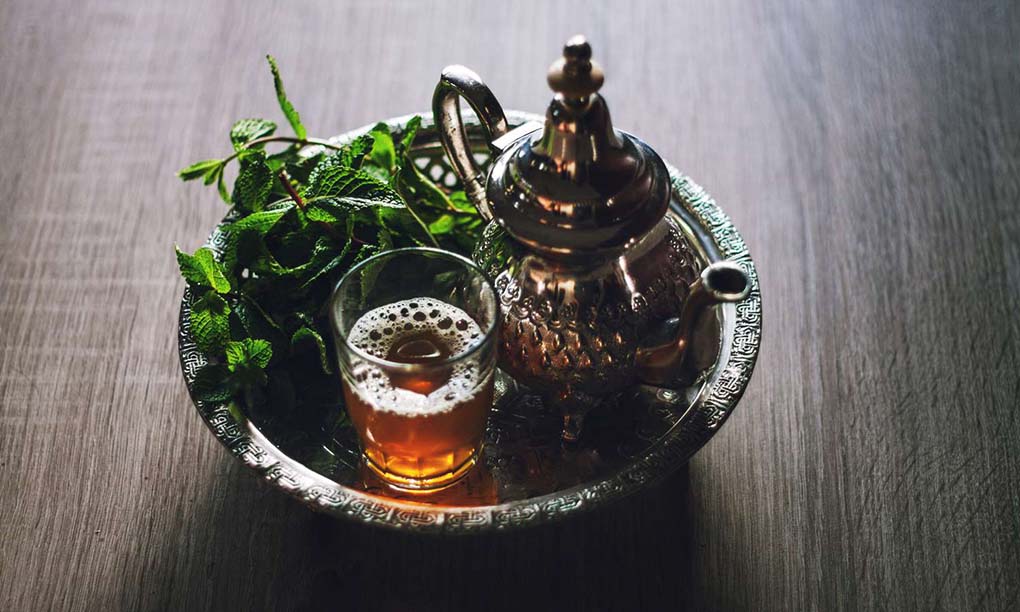Morocco, a land of rich heritage and captivating traditions, is renowned for many things, but perhaps none as emblematic as its cherished Jasmine tea. This fragrant and flavorful beverage is not merely a drink; it’s a cultural symbol, a gesture of hospitality, and a delightful journey into Moroccan tradition.
The Art of Moroccan Jasmine Tea

A Timeless Tradition
The history of Moroccan Jasmine tea is steeped in centuries of tradition. It is believed to have been introduced to Morocco through ancient trade routes, where Moroccan traders discovered and adapted Chinese tea customs. Over the years, Moroccans have infused their unique flavors and customs into this time-honored tradition.
The Essential Elements
Moroccan Jasmine tea is characterized by three primary ingredients: green tea, fresh mint leaves, and sugar. The green tea of choice is typically Gunpowder tea, known for its rolled leaves resembling tiny gunpowder pellets. Mint leaves, usually spearmint or peppermint, impart the refreshing and aromatic qualities that define the tea. Sugar, added to taste, balances the tea’s minty bitterness with sweetness.
The Intricate Ritual
Preparing Moroccan Jasmine tea is more than just making a beverage; it’s a cultural ritual with deep significance. Here’s a glimpse into the customary preparation process:
Teapot Ceremony: The tea is traditionally brewed in a special Moroccan teapot, known as “nana” or “berrad.” These teapots are often crafted from metals like brass or silver and adorned with intricate designs.
Tea Foundation: The process begins with a small amount of green tea placed at the bottom of the teapot. This tea base is rinsed with hot water and then discarded. This initial step is symbolic, cleansing the tea rather than infusing flavor.
Mint and Sugar: Fresh mint leaves are added to the teapot, followed by sugar to suit personal preference. Moroccans are known for their sweet tooth, and the tea is often quite sweet.
Steeping Ritual: Boiling water is poured over the tea and allowed to steep for several minutes. The duration of steeping affects the strength of the flavor.
The Pouring Spectacle: Moroccan Jasmine tea is poured from a height of about a foot into small, ornate glasses. This high pouring isn’t merely for show; it also aerates the tea, enhancing its aroma.
Sip and Savor: Moroccan Jasmine tea is sipped slowly, allowing its flavors to linger. It’s customary to enjoy multiple rounds of tea, each with evolving mint and sugar levels.
Cultural Significance
An Emblem of Hospitality
Moroccan Jasmine tea extends far beyond being a mere beverage; it symbolizes hospitality and camaraderie. Offering tea to guests is a cherished Moroccan tradition, and it’s considered impolite to decline a cup when it’s offered. Sharing tea is a way of building connections and demonstrating warmth and hospitality.
A Daily Ritual

Moroccan Jasmine tea isn’t a once-in-a-while indulgence; it’s an integral part of daily life in Morocco. It’s enjoyed throughout the day, from morning till night. Whether you find yourself in a bustling market, a family home, or a Moroccan café, the fragrance of mint tea is likely to surround you.
A Cultural Odyssey
For visitors to Morocco, sipping Moroccan Jasmine tea isn’t just about taste; it’s a voyage into culture. It’s an opportunity to engage with locals, learn about traditions, and savor the simple joys of life.
Moroccan Jasmine tea isn’t just a beverage; it’s a cultural experience that embodies the essence of Moroccan identity. Its history, preparation, and cultural significance make it an indispensable part of Moroccan life. So, when you’re in Morocco, don’t miss the chance to relish a cup of freshly brewed Jasmine tea. It’s more than a drink; it’s an invitation to savor the flavors of Morocco and the hospitality of its people.
Tags: Jasmine Tea, Ritual, Teapot